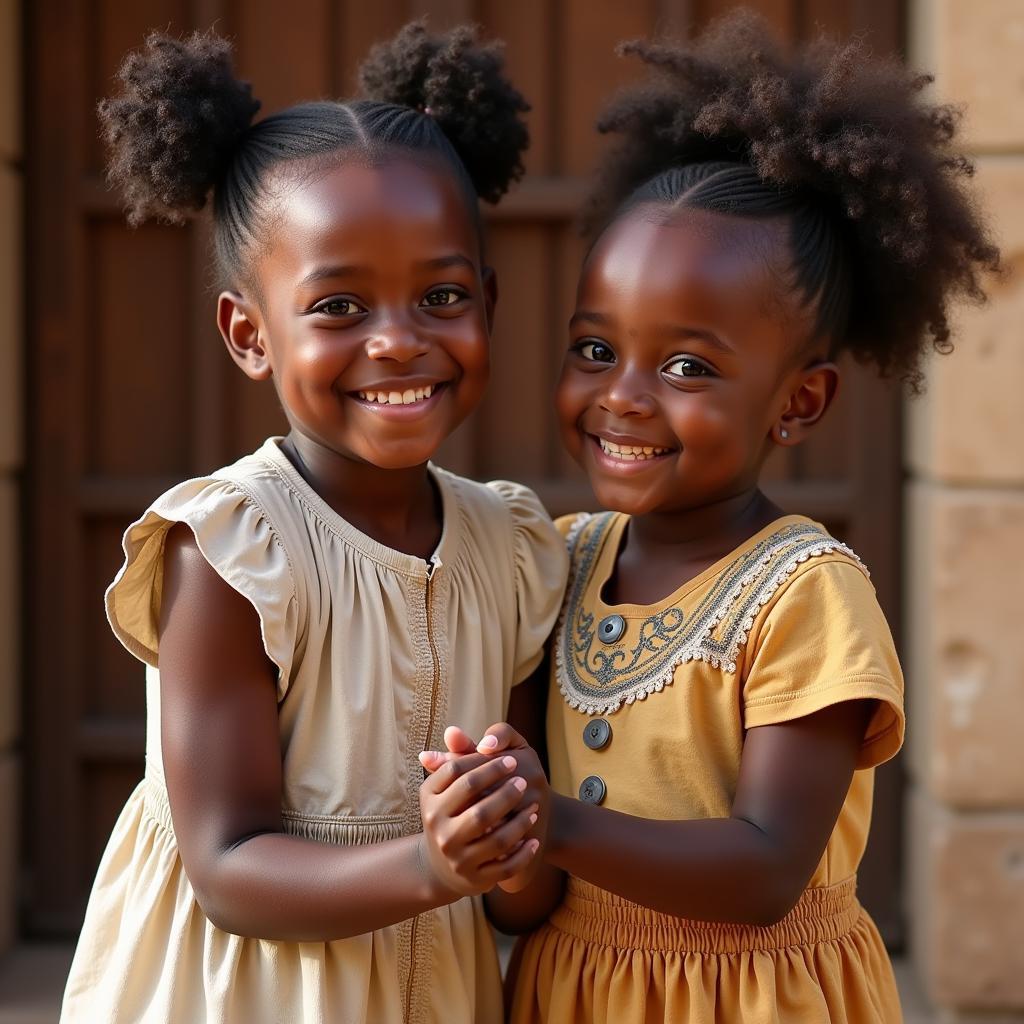Learn African Dance Walking Steps: A Beginner’s Guide
Dancing is a universal language that connects people across cultures, and African dance is no exception. It’s a vibrant and expressive art form that celebrates life, joy, and community. In this guide, we’ll explore the fundamental steps of African walking dance, empowering you to take your first steps into this exciting world.
African walking dance is characterized by its rhythmic footwork, graceful movements, and engaging rhythms. It’s an inclusive dance style that welcomes individuals of all ages, backgrounds, and fitness levels. Whether you’re a complete beginner or have some dance experience, this tutorial will guide you through the basics.
Basic Walking Steps
Let’s start with the core steps that form the foundation of African walking dance:
1. The “Heel-Toe” Walk
This simple yet effective step is the cornerstone of many African dance patterns. It involves a smooth transition from heel to toe:
- Step 1: Start with your feet together, weight evenly balanced.
- Step 2: Step forward with your right foot, placing your heel on the ground first.
- Step 3: Transfer your weight to your right foot, then lift your heel and step forward with your left foot, placing your heel on the ground.
- Step 4: Continue this pattern, alternating between your right and left feet.
Pro Tip: Maintain a relaxed and upright posture, keeping your core engaged.
2. The “Side-to-Side” Walk
This step adds a bit more fluidity and dynamism to your movements:
- Step 1: Start with your feet together, weight evenly balanced.
- Step 2: Step to the right with your right foot, placing your heel on the ground first.
- Step 3: Transfer your weight to your right foot, then lift your heel and step to the right with your left foot, placing your heel on the ground.
- Step 4: Continue this pattern, alternating between your right and left feet.
Pro Tip: Engage your hips and shoulders, allowing them to sway slightly with each step.
3. The “Circle” Walk
This elegant step adds a circular motion to your walking dance:
- Step 1: Start with your feet together, weight evenly balanced.
- Step 2: Step forward with your right foot, placing your heel on the ground first.
- Step 3: As you transfer your weight to your right foot, turn your body slightly to the right, keeping your shoulders relaxed.
- Step 4: Step forward with your left foot, placing your heel on the ground, turning your body slightly to the left.
- Step 5: Continue this pattern, alternating between your right and left feet, creating a circular movement.
Pro Tip: Focus on maintaining a smooth and continuous flow in your steps.
Incorporating Rhythm and Music
The beauty of African walking dance lies in its connection to rhythm and music. As you master the basic steps, you can enhance your performance by integrating these elements:
1. Counting the Beat: Most African dance rhythms are based on a four-beat pattern. You can count out loud to help you stay in time.
2. Using Body Percussion: Clap your hands, tap your feet, or make rhythmic sounds with your body to reinforce the beat.
3. Following the Music: Listen to the music carefully and let it guide your movements.
Tips for Success
Here are some helpful tips to improve your African walking dance:
-
Practice Regularly: Consistency is key. Set aside dedicated time to practice your steps and incorporate rhythmic elements.
-
Watch Videos: Observe experienced dancers to learn from their technique and style.
-
Find a Dance Class: Taking an African dance class with an instructor can provide personalized guidance and feedback.
-
Embrace the Culture: Learning about African culture and traditions can deepen your appreciation for the dance form.
Expert Insights:
“The beauty of African walking dance lies in its simplicity and its ability to connect people to their roots. It’s about celebrating life, joy, and community.” – Amina Mbwana, Tanzanian Dance Instructor
“Don’t be afraid to experiment and add your own personal style. The key is to enjoy the process and let your body move freely.” – Baba Kunta, Senegalese Dancer and Choreographer
Conclusion
African walking dance is a captivating and rewarding art form that offers a journey into the heart of African culture. By mastering the basic steps, incorporating rhythm and music, and practicing regularly, you can unlock the joy and expression of this vibrant dance style. So put on some African music, find your groove, and let your body move to the rhythms of Africa.
FAQ
Q: Do I need any special equipment for African walking dance?
A: No, you don’t need any special equipment. Comfortable clothing and shoes that allow for easy movement are all you need.
Q: What are some popular African dance styles that incorporate walking steps?
A: Some popular styles include Gnawa, Samba, Soukous, and Taarab, each with its distinct rhythm and movement.
Q: Can I learn African walking dance online?
A: Yes, there are many online resources available, including video tutorials and classes, to help you learn the steps.
Q: How can I find a local African dance class?
A: Check online community boards, local dance studios, or cultural centers in your area for classes.
Q: What are the benefits of learning African walking dance?
A: Besides being fun and expressive, African walking dance can improve coordination, flexibility, and cardiovascular health.
Q: Is African walking dance difficult to learn?
A: No, African walking dance is accessible to people of all skill levels. Start with the basics and gradually build your skills.

